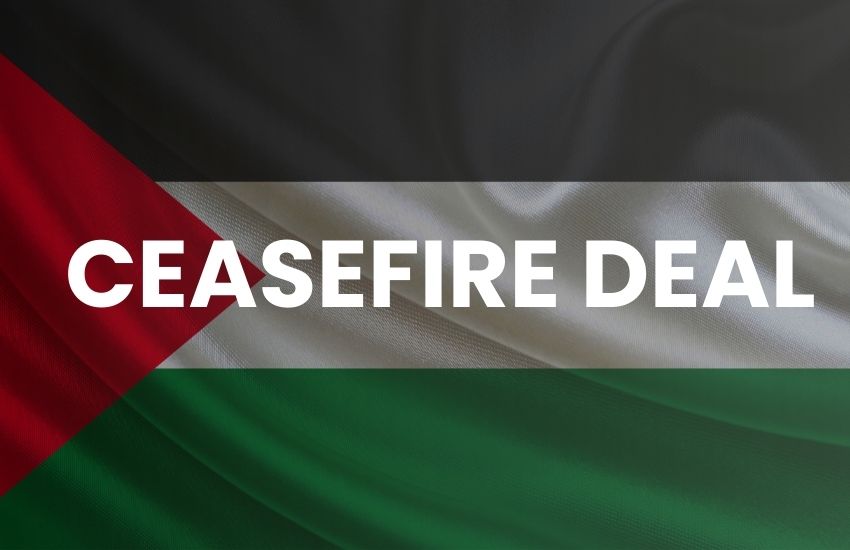A fragile ray of hope has emerged in the conflict between Israel and Hamas as both sides have agreed to a deal that will pause fighting in Gaza.
The agreement, which involves a phased ceasefire, the release of Israeli hostages held by Hamas in Gaza, and the release of Palestinians held in Israeli custody, has been met with cautious optimism from international observers.
The deal is structured in three phases and is scheduled to begin on Sunday. However, concrete details of the agreement remain scarce, and the timeline for each phase is still unclear.
The agreement has yet to be officially approved by the Israeli cabinet, and Prime Minister Benjamin Netanyahu has stated he will refrain from commenting on the deal until all details are finalized.
This lack of immediate clarity has fuelled some uncertainty about the deal’s prospects and implementation.
While many details are under wraps, it is understood that the initial phase will involve a temporary halt to hostilities and the release of a yet-to-be-specified number of hostages held in Gaza. In return, a number of Palestinian prisoners held by Israel are expected to be released. The exact numbers and criteria for the release process are still being negotiated.
U.S. President Joe Biden, speaking from Washington, hailed the agreement as a positive step but stressed the need to look beyond the temporary ceasefire. He stated that talks would continue, aiming for a second phase of the agreement which could result in “a permanent end of the war.” This statement has given hope that the agreement could serve as a springboard for a more durable resolution to the ongoing conflict.
The international aid community has reacted positively to the news, with agencies vowing to immediately scale up their humanitarian efforts in Gaza.
The United States has pledged to significantly increase the flow of aid into the enclave, with plans to send more than 500 aid trucks daily during the ceasefire period. This surge in aid is intended to alleviate the dire humanitarian crisis that has gripped Gaza since the conflict intensified.
The deal comes after weeks of intense diplomatic efforts involving several countries, including Qatar and Egypt, who acted as intermediaries.
The agreement, while a welcome development, is not without its challenges. The deep-seated mistrust between the two sides will undoubtedly pose difficulties to the successful implementation of the deal. Furthermore, the potential for renewed violence is a constant concern, and strict monitoring mechanisms will be necessary to prevent a relapse into conflict.
As the world watches and waits for the deal to be fully implemented, the immediate focus will be on the initial release of hostages and the distribution of aid. Whether this temporary pause in fighting can be transformed into a lasting peace remains to be seen. For now, the focus is on the delicate balance of the ceasefire, and the urgent need for clarity, stability, and increased humanitarian support for Gaza’s beleaguered population.















